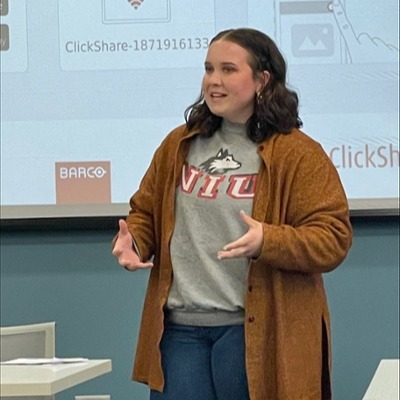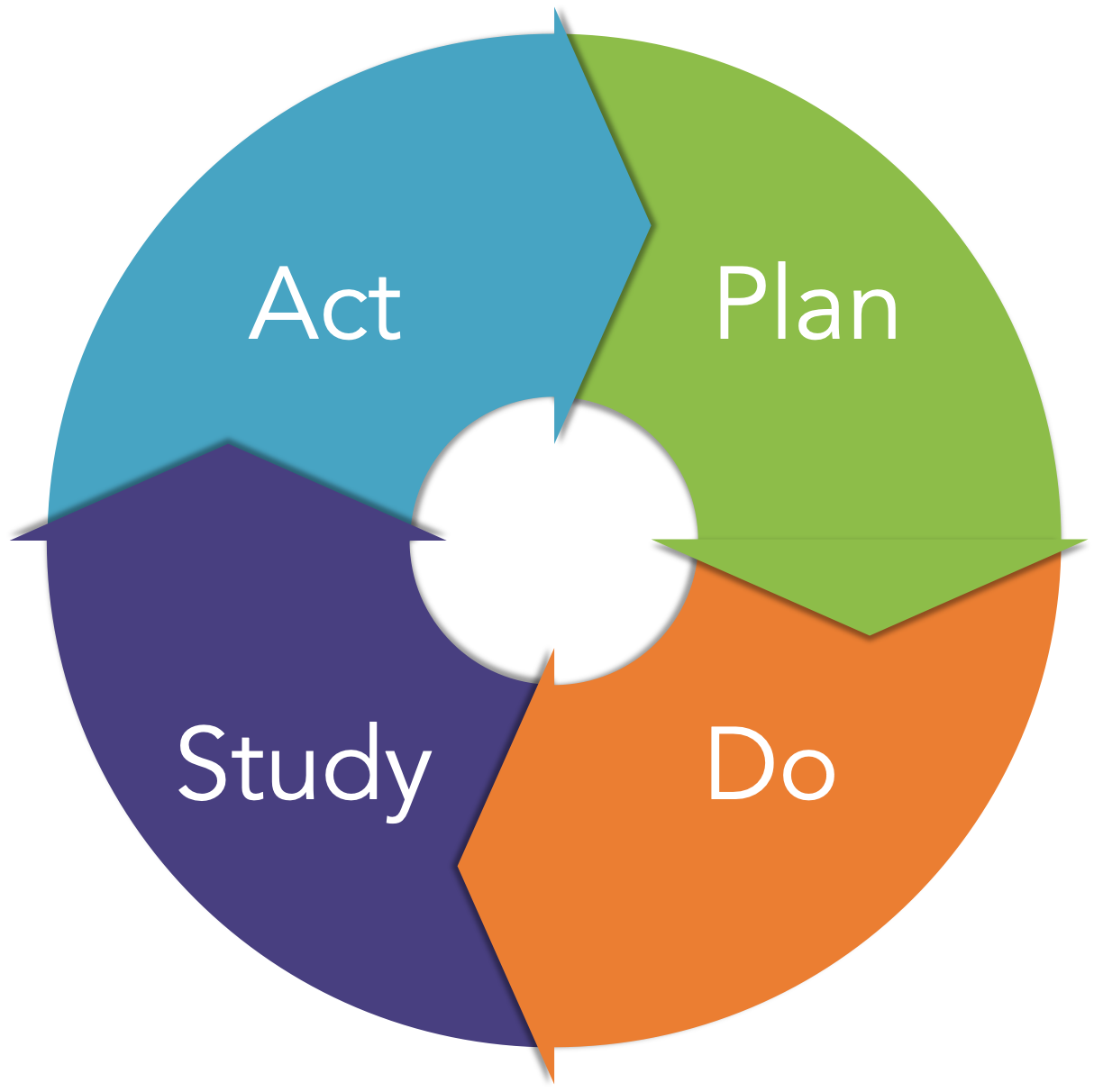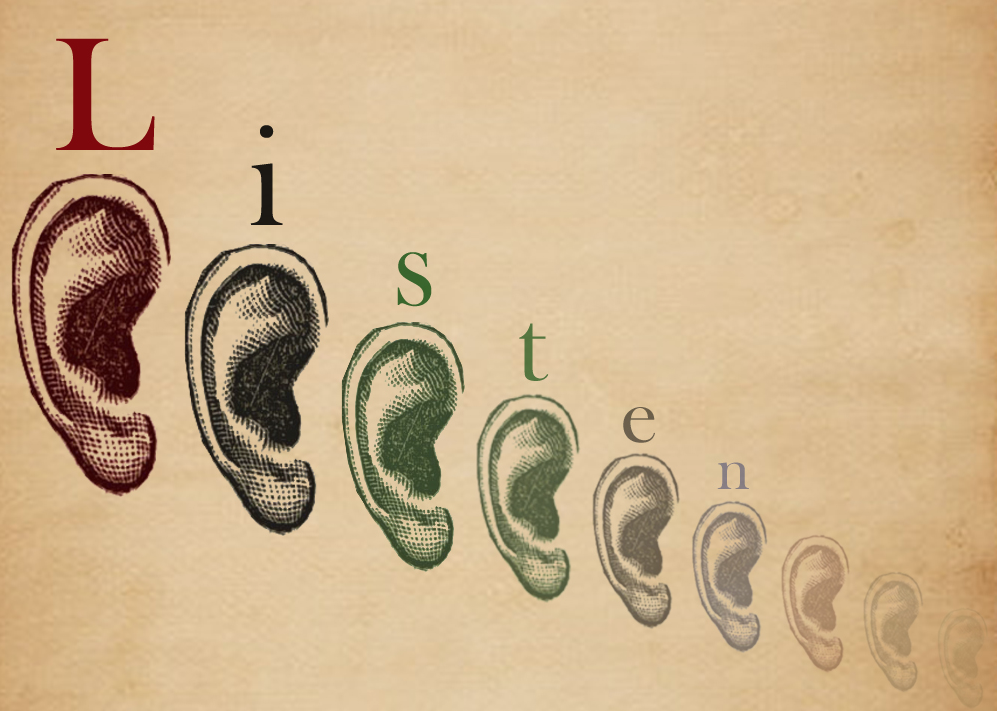The Third Pillar for Aging Services Workforce Development: Cultivating the Next Generation
This is the last of a three-part series devoted to Aging Services Workforce Development.
Posts by:

This is the last of a three-part series devoted to Aging Services Workforce Development.

This is the second installment in a three-part series addressing retention strategies for aging services providers.

This is the first of three articles about Workforce Development in Aging Services. The focus of the articles will encompass three pillars:
1. Adopting Best Practices to Retain the Current Workforce
2. Creating Non-Traditional Growth and Advancement Pathways
3. Cultivating the Next Generation Aging Services Workforce
This topic is of great importance due to the national and global caregiving crisis for both paid and unpaid caregivers. This series will focus only on paid caregivers, with an acknowledgement that the unpaid caregiver crisis impacts the need and demand for more paid caregivers.
Let's begin the discussion about the Aging Services Workforce by acknowledging that there are many wonderful and committed people caring for elders throughout the continuum of care- 3.7 million according to this LeadingAge Vision White Paper.
Sadly, the massive turnover experienced in this industry will keep the rotating door busy, without even considering the increasing demand due to the aging population.
So, before addressing the need for new entrants, we should begin with discussing strategies to retain our current employees. The LeadingAge Vision White Paper above provides an excellent roadmap of six strategies to build workforce and my intent with this series is to enhance the conversation by approaching the issue of retention from other angles.

This article aims to delve into the importance of adopting strategies for preventing elder abuse.
Throughout my 32-year tenure in leadership roles within nursing homes, I consistently encountered frustration due to the scarcity of resources, both in terms of time and finances, as well as the absence of thoroughly researched and effective strategies for proactively preventing elder abuse. Despite implementing standard measures such as employee background checks, mandatory annual in-service training, and policy review during new hire orientations, I often sensed a lingering feeling that there was more we could do. Looking back, I now recognize that we also fell short in adequately educating family members on abuse prevention. However, one aspect where we excelled was in promptly reporting allegations, which appeared to hold utmost importance from a regulatory standpoint, regrettably so.
Whether a professional working with elders living in the community or congregate care, does your agency do enough? Can you identify and describe the organizational strategy to prevent abuse?


In the dynamic and challenging field of aging services, fostering a workplace culture that prioritizes empathy, generosity, and happiness can significantly impact employee retention. As professionals navigate the complexities of providing care and support to older adults, the emotional well-being of employees becomes a crucial factor in ensuring both quality service delivery and sustained job satisfaction.
.jpeg)